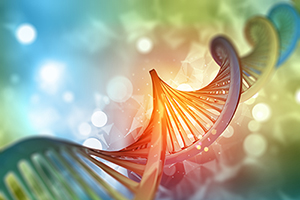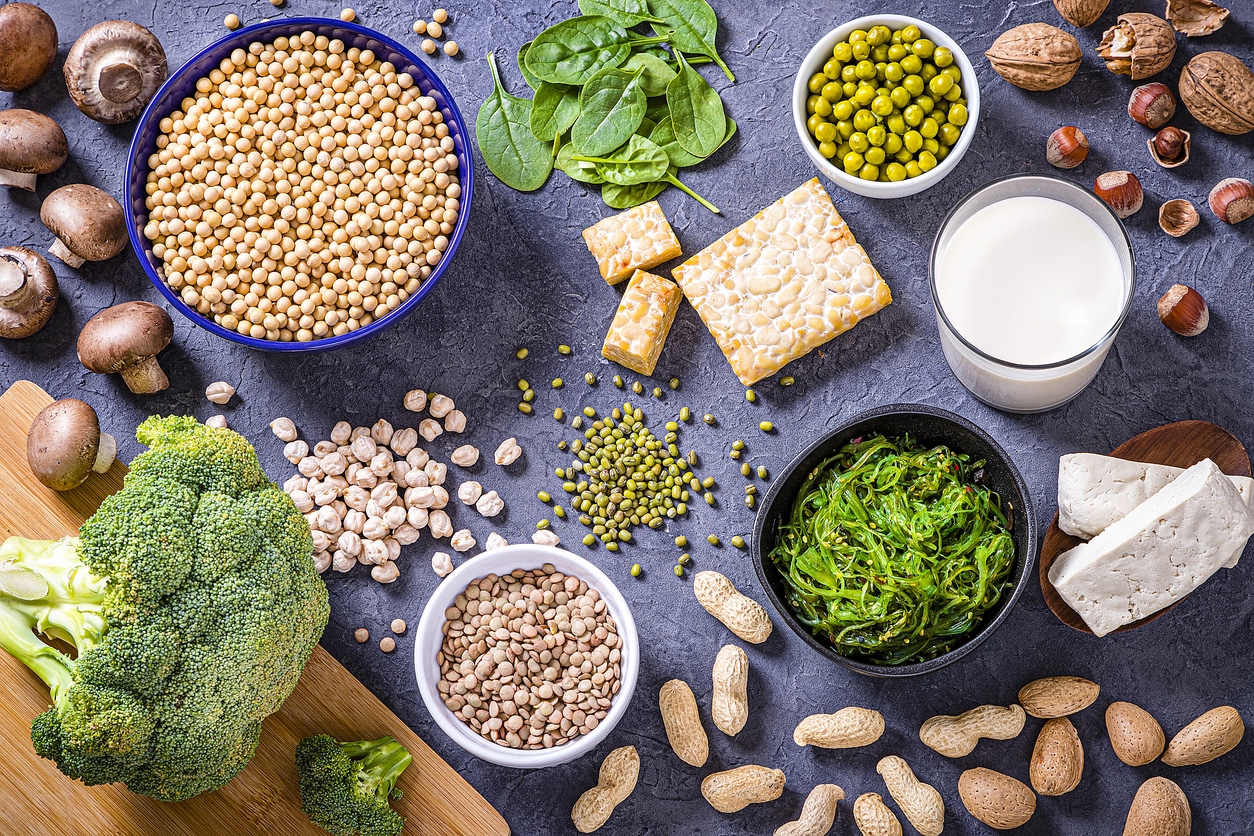In part one of this article, I discussed how new scientific breakthroughs will soon revolutionize the field of precision nutrition.
Essentially, the problem is that blanket nutritional prescriptions—e.g. “eat less fat,” “avoid processed foods,” “consume more fiber,” “take more vitamin D”—while helpful, only go so far at addressing individual needs.
To reach our goal of truly personalized nutrition, we need to harness new technologies that are advancing our understanding of how diet and supplements may support—or undermine—our unique physiologies.
There are four basic areas that are now the subject of intense research that will shape the future of nutritional medicine. In this article and next week’s, we’ll take a closer look at them.
First up: Nutrigenomics. This is the study of how genes might influence our nutritional choices. It’s rapidly becoming a buzzword in the field of nutrition. But is its promise oversold to promote dubious tests that purport to tell you what to eat on scant evidence?
Remember high school biology? A 19th Century monk, Gregor Mendel—the father of modern genetics—discovered how to predictably modify the color and appearance of pea plants by cross-breeding. Certain traits were “dominant,” invariably passed on to descendants; others “recessive,” requiring a double hit from both parents.
To this day, genetic counselors read parents’ DNA to forecast the likelihood of certain human diseases—like sickle cell anemia, cystic fibrosis, phenylketonuria and Tay-Sachs—in their offspring. A single gene “hit”—called a SNP (single nucleotide polymorphism) turns on the disease process.
But for most human diseases and traits—cancer, diabetes, heart disease, obesity, dementia—it’s a large array of dozens and sometimes hundreds of genes that determine risk.
For example, I once naively attempted to download my entire DNA sequence in hopes of reading my genome. I was about to click on “print” when I noticed that the preview said it was 12,353 pages of small pica alphabet soup! I would’ve burned out my printer, and been left with a bookshelf-sized printout of A’s, T’s, C’s and G’s.
There are services that purport to take this bewildering information and crunch it to offer health prognostications based on individual SNPs, which I reviewed a while back.
The problem is that there are no individual SNPs that shed light on major dietary or supplement decisions like whether a person will benefit from a low saturated fat diet, or if salt avoidance is imperative. Rather, consideration of an array of genes—abbreviated GWAS for gene-wide association studies—determines responses to nutrients.
Even the vaunted MTHFR test—that these days reflexively triggers a prescription for more B vitamins—is overly simplistic. Methylation pathways are influenced by numerous SNPs; some even predict that B vitamins can backfire, triggering anxiety, for example, or amplifying cancer risk.
Simply eye-balling all those suspect genes can tax the human brain beyond its capacity. That’s where artificial intelligence and machine learning is helping to make strides. Technology allows us to summate the contributions made by groups of genes.
But what makes it even more problematic is that nutrigenomics is a moving target. One study may implicate a gene in predisposition to obesity—it increases risk by 30%. A subsequent study may downgrade that risk to 5%. What if a risk assessment for obesity partakes of dozens of genes whose probabilities keep changing as new research is undertaken?
That’s why most commercial tests that claim to tell you what diet and supplements are best for you are not yet ready for prime time.
And there’s another problem with reading your genes to determine your nutritional destiny. It’s epigenetics.
Epigenetics is the science of the expression of genes. For example, if I examine one of my hairs, it’s just a hair. But if left at a crime scene, or submitted to a gene analysis service, it would reveal the whole of my genome—all 12,353 pages of it!
But what determines the expression of this vast dictionary of traits is a complex set of controls that turn various genetic sequences on and off. Within hours of entering weightlessness, for example, astronauts’ gene expression changes dramatically. After a big meal there are a variety of transcriptional changes. The same is true for fasting—and a myriad of other nutritional inputs. Hence, transcriptomics.
Get set to take an even deeper dive into the future of nutritional medicine as I continue this article in part three, next week. Meanwhile, I hope you’re enjoying a much-deserved break with family and friends and have a very Happy Thanksgiving weekend!







